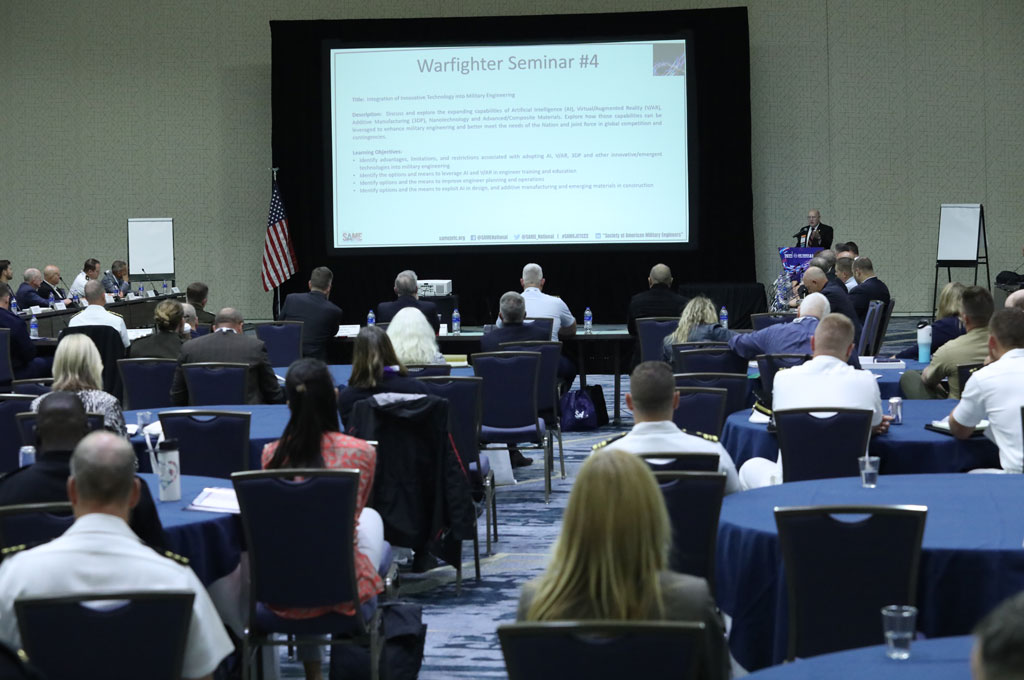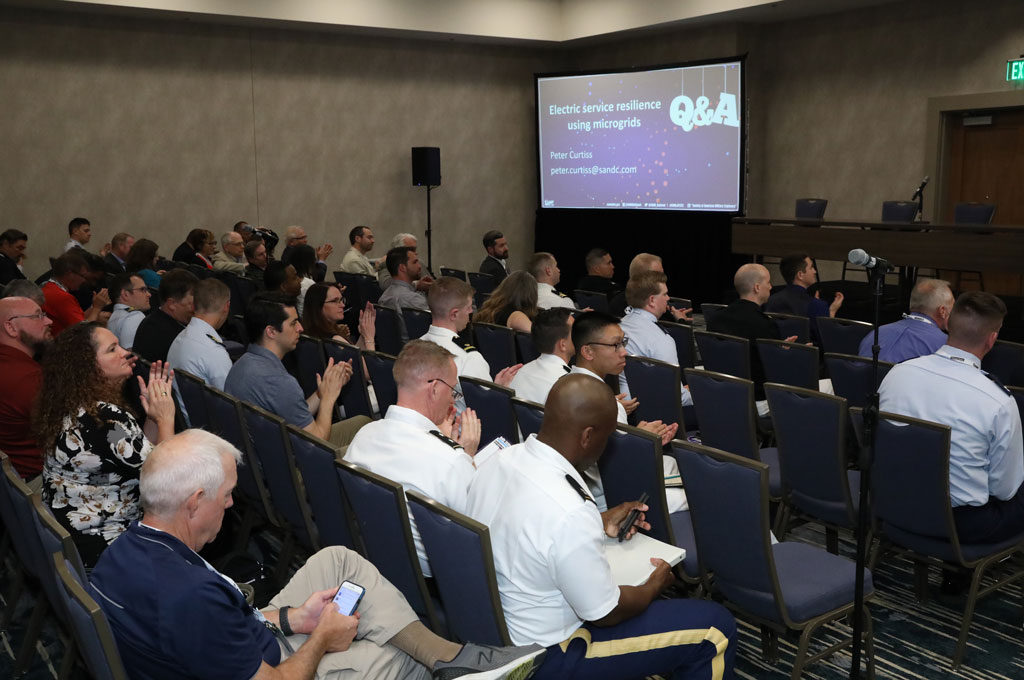
Community Mission
The mission of the Joint Engineering Contingency Operations Community of Interest is to facilitate discussion among the military services and industry on current joint engineer operations and the issues that need to be addressed for future joint engineer operations.
- Include combatant command engineers, field commanders, training center commanders and supporting contractors.
- Facilitate discussion among the Engineer Officer training centers at AFIT, AES, CECOS and the Marine Corps Center of Excellence on training and education of engineer forces to support the combatant commanders.
The desired end state is the increased relevancy of SAME within the Joint Force and Component Engineer Communities while supporting Contingency Operations.
Community Chair
Richard E. Sloop, Jr., P.E., Lt Col, USAF (Ret)
Fluor Mission Solutions
501 319 5204
Vice Chair
Matthew Beverly, P.E., Col, USAF
JTF NCR Liaison
Organization Structure
Immediate Past Chair: James Romasz, P.E., LBS
Joint Engineer Doctrine and Policy: Chuck Kubic, RADM, CEC, USN (ret)
Engineer Schools: Edward Lefler, P.E., PMP, F.SAME, LTC, USA (Ret.)
JOEB Liaison: Dominic J. Sparacio, P.E., Engineer Capabilities & Doctrine, J-45 Engineer Division
31 Jul – 04 Aug 2023: JEOC @ AFIT, WPAFB OH
18 Aug 2023: JECO COI Steering Committee, 1130 ET
18-22 Sep 2023: JEOC @ Patch Barracks, Stuttgart, GE
30 Oct – 03 Nov 2023: JEOC @ USMCCU, Quantico, VA
5-9 Feb 2024: JEOC @ USNTC, Ford Island, HI
27-31 Mar 2024: JEOC @ USAES, Ft Leonard Wood, MO
14-16 May 2024: Warfighter Seminars @ JETC, Kissimmee, FL
SAME National Webinars
-

- Webinar
Carbon Goals – Start Now, It’s Easier Than You Think
Recently, artificial intelligence (AI) has been prevalent in the news, but did you know that AI in the energy industry has been around for over 20 years? Over that time, its use has both grown and evolved; however, there are still foundational principles that remain for AI in the energy sector. -

- Webinar
Public-Private Partnership (P3) Opportunities for Fed Energy and Sustainability Projects
The Federal Government of the United States, as the country’s largest real property asset holder, oversees approximately 500 million square feet of built environment.
-

- National Webinar, SAME Partner Events, Upcoming Events, Webinars
- Webinar
Carbon Goals – Start Now, It’s Easier Than You Think
Recently, artificial intelligence (AI) has been prevalent in the news, but did you know that AI in the energy industry has been around for over 20 years? Over that time, its use has both grown and evolved; however, there are still foundational principles that remain for AI in the energy sector. -

- Communities of Interest, Energy & Sustainability, National Webinar, SAME Energy & Sustainability, Upcoming Events, Webinars
- Webinar
Public-Private Partnership (P3) Opportunities for Fed Energy and Sustainability Projects
The Federal Government of the United States, as the country’s largest real property asset holder, oversees approximately 500 million square feet of built environment.
